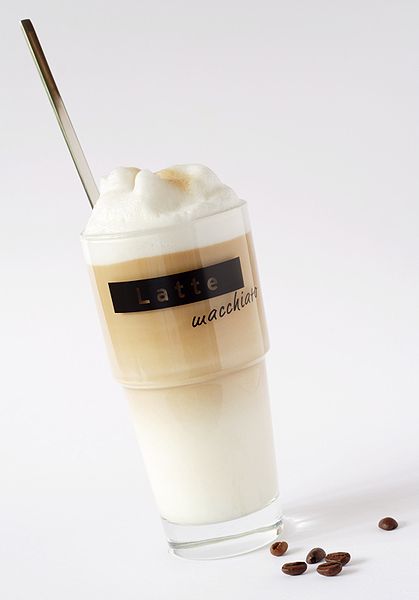

So what gives a marocchino its unusual hue? A blend of espresso, frothed milk and cocoa powder. That’s because the perfect marocchino echoes the soft brown tone of that special leather. Marocchino means Moroccan in Italian, and this espresso drink certainly doesn’t come from the North-African country.ĭelve deeper, though, and you discover that marocchino is actually named after a type of Moroccan leather that was once popular in Italian hat-making.

The name could at first appear a misnomer. Strictly speaking, this is not an espresso corretto (the Moka does not make an espresso coffee, only a very strong one) but it is delicious nonetheless. Don’t be tempted to use a lower quality one with the excuse that ‘it’s just going into coffee’ because you’ll taste the difference.Īlternatively, you can make the coffee with an Italian Moka (using freshly drawn water and one tablespoon of freshly ground coffee per cup) and ‘correct’ it with your spirits of choice. Once the espresso is ready, add to it a shot of good quality grappa (you can also use brandy or sambuca).

You should end up with 25ml of coffee at 67C, which you should serve in a 50ml or 100ml white ceramic cup. Use 7g of freshly ground Italian espresso blend and let your coffee percolate for 25 seconds-that’s crucial to extract all the pleasant flavours from the coffee and none of the bad ones. Patrons usually tell the barista what they want in their corretto, but the ever popular grappa is the barista’s default.Ī corretto’s base espresso should be prepared by a qualified barista following the certified Italian recipe, which goes into such detail as to specify the temperature of the water and pressure settings to be used in the espresso machine.įailing that, though, you can try and replicate it at home as follows. It is a classic Italian espresso which is ‘corrected’ with a spirit shot. This is the drink of choice for cold days and hardy men. If you like real, proper Italian food, you are very likely to enjoy them. Shame that, beyond the world renown cappuccino, they can be hard to order at an Italian bar (unless you already know what they are and how they are called) because Italians do not believe in plastering their cafés’ walls, or their table menus, with coffee drink descriptions.īut fear not-here is the lowdown on the very best Italian espresso drinks, so you too can order them like a local, together with the recipes to make them at home. Foreign baristas are often appreciated for their creativity, Italian ones for their skills in serving a traditional cup-so much so that the recipes for the two most important espresso drinks, espresso itself and cappuccino, are specified to the finest detail and certified.Īs a result, Italian espresso drinks are the liquid equivalent of Italian cuisine-dependable, straightforward, and delicious in their simplicity. By contrast, Italian espresso-a blend of coffees from different origins of the Arabica and, often, Robusta varieties-is either served neat or as the basis for altogether more sober drinks than its international counterpart. ‘International’ espresso is often the basis for original, very milky drinks, occasionally enriched with syrups. The truth is, Italian taste is different. And they are not all driven by chauvinism. Ask any Italian, and they’ll tell you that no espresso in the world matches those served in Italy. So is Italy losing its magic touch with coffee? Not really.

The Italian representative didn’t even make it to the final round of the competition. Throughout this taste revolution, Italy remained in the sidelines, a bastion of espresso conservatism-so much so that this year’s winner of the World Barista Championship, which awards global espresso-making excellence, hails from the United Kingdom. Towards the end of the twentieth century, however, it took the world by storm, causing a number of espresso bars and chains to crop up around the globe.įoreign espresso bars pushed new flavours and new coffee making styles. Italy is, after all, the birthplace of espresso-the machine to make it was invented in the country in 1901.įor years, the drink was purely a preserve of Italy and Italian restaurants. Little is more exquisitely Italian than a cup of coffee. And, steaming on dainty tables, a stream of candid demitasses filled with pitch black espresso. Looking for an alternative to the classic espresso? Here are three of the best drinks to try in an Italian bar-and the recipes to make them at home.Ī sun-flooded pergola, slender wrought-iron chairs, waiters with their laden trays dancing among the crowd like slim ballerinas.


 0 kommentar(er)
0 kommentar(er)
